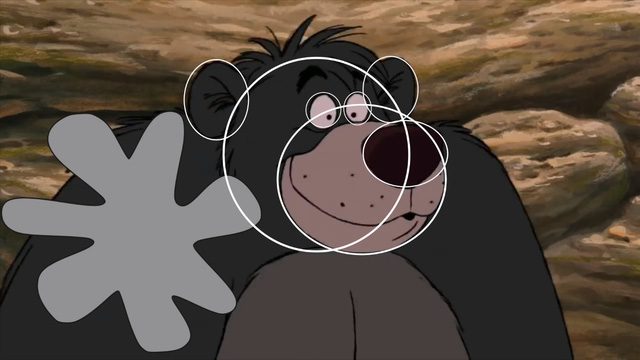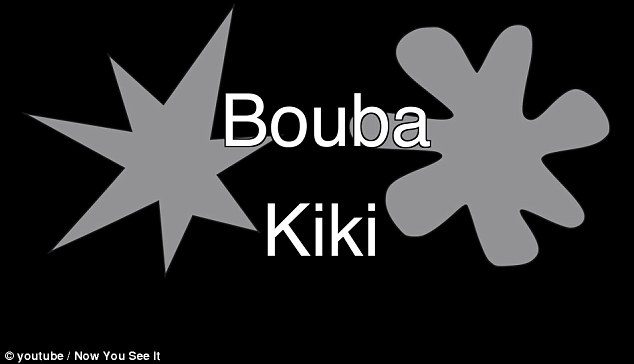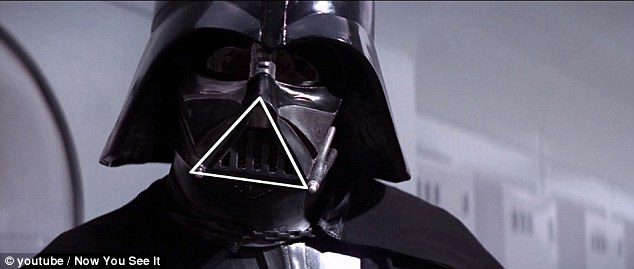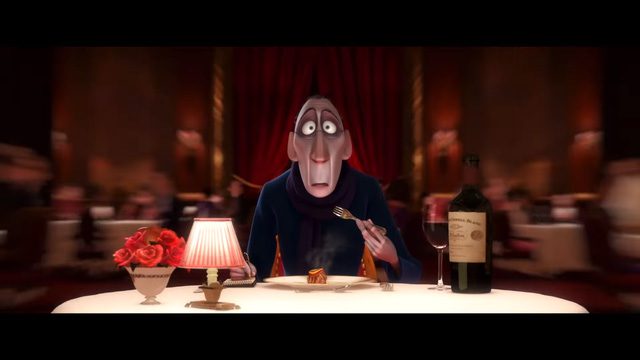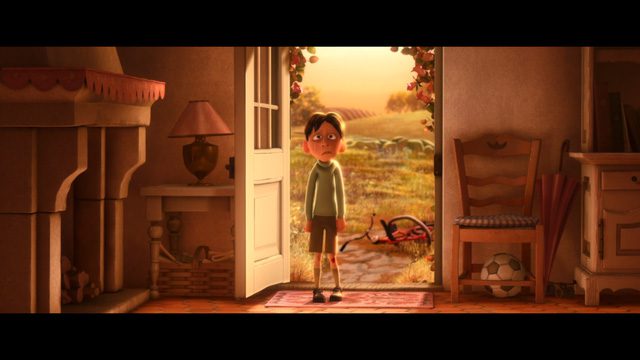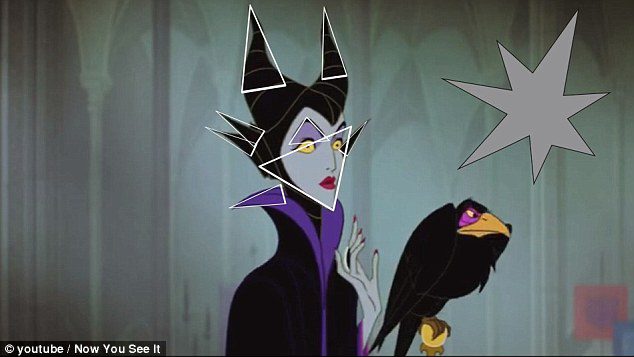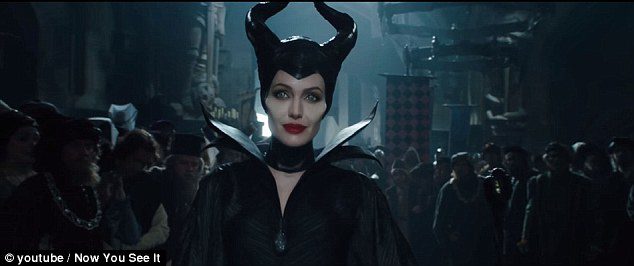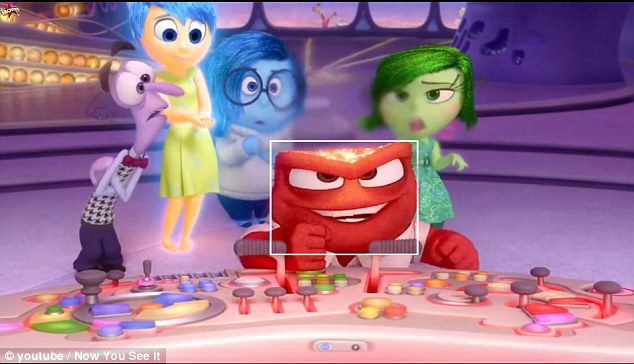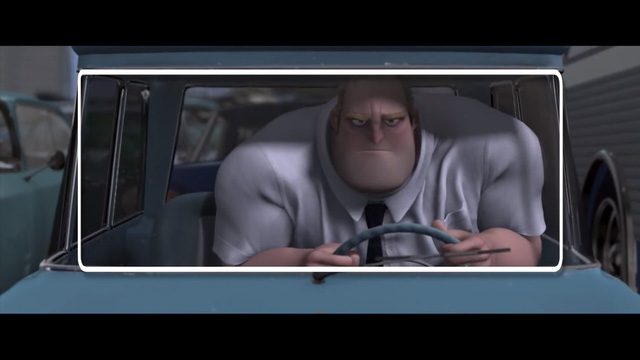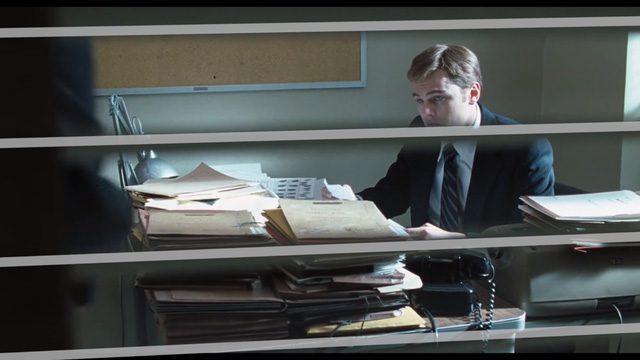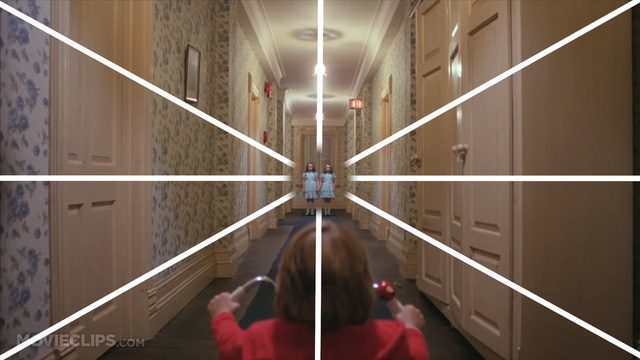Have you ever noticed that the faces of villains in movies often have sharp angles, while the characters that are meant to be likable tend to have softer, rounder facial structures? This observation is actually a technique used by filmmakers, such as Disney and many others, to make us love the charming characters while simultaneously making us despise the evil ones.
For example, you can see the angular face of Darth Vader in Star Wars or the sharp features of Maleficent in Sleeping Beauty, while Baloo the bear in The Jungle Book has a perfectly round face, from his chubby belly up to his facial structure.
Why do villains always have these “sharp angles”? The answer lies in the brain’s natural instinct to perceive sharp shapes as threatening (for example, a knife’s edge, table corners, and other pointed objects). On the contrary, our brain also interprets different meanings with soft, rounded shapes, which create a sense of comfort (like a rounded object being more appealing than a pointed one).
Filmmakers cleverly use this behavior of our brains to define character traits through the combination of various shapes. The truth is that this is a technique that still thrives today!
A video on the YouTube channel Now You See It explains how shapes affect our perceptions, with clear visual examples. They present a pointed shape that evokes a sharper and more aggressive feeling, while a rounded shape tends to be more soothing. The experiment shows that 98% of people surveyed, regardless of age, gender, or nationality, will choose Kiki for the round shape, while Bouba is associated with the softer, rounder shape.
The face of Darth Vader has a large triangular shape, hinting at the villainous nature of this character.
One of the clearest examples is seen in Anton Ego – a character whose angular features in the film transform into a softer, rounder shape, resembling a child riding a scooter. This transformation is a subtle visual metaphor that speaks volumes.
Another example is Maleficent from the 1959 animated version and the 2014 live-action adaptation, both presenting angular features that reflect her character’s nature.
One of the more recent examples is the character design in Inside Out, a successful animated film from Pixar. Each emotion has a distinct shape: Joy is round and soft, Fear is angular and jagged, and Anger is square and rigid, reinforcing their personalities visually.
They have intentionally used square shapes to convey the character of Anger, who is also rigid, unyielding, and difficult to change. Just like Anger’s character, we can see how they have kept the audience’s attention throughout the film.
Not only do they use shapes for character design, but they also cleverly integrate these geometric shapes into the scenes, and each shape carries its own implicit meaning from the creator.
For example, in a scene from The Incredibles, Mr. Incredible – Bob Parr sits in a frame that constricts him, creating a sense of confinement that resonates with the character’s emotions in that scene. Those who have watched some of the best superhero movies will easily recognize this from the film The Incredibles.
Or in a scene from Catch Me If You Can, you will notice how the horizontal lines across the screen are also parallel to the character’s legs. Which frame is closely related to the character’s legs outside the house? The entire scene reflects the image of a dull, monotonous life.
Most commonly, we see a large round shape centered on the screen, creating a feeling of being followed or surrounded. However, such scenes are often seen in situations that create tension, such as in the iconic film 2001: A Space Odyssey, which is excerpted below.
Or the straight lines on the screen that draw your attention toward the target being highlighted. For instance, in the scene from The Shining, a masterpiece directed by Stanley Kubrick, this shot is entirely focused on the eerie twin sisters in the hotel.
Next time you watch a movie, pay attention to the geometric shapes used in the characters’ designs and their surroundings. A good film is not only defined by its excellent script or impressive visual effects; there’s much more to it!
(According to Genk – Intellectual Property)


